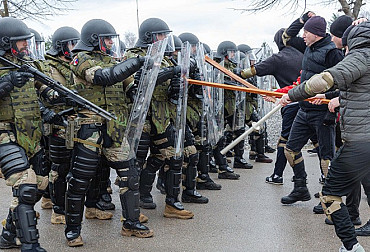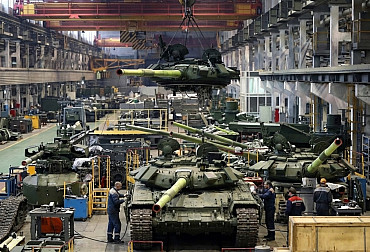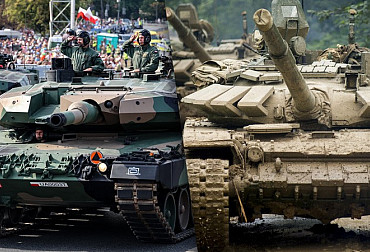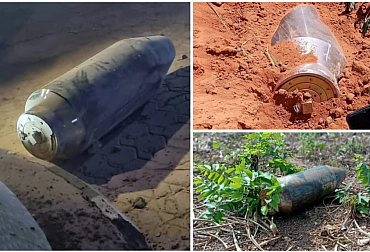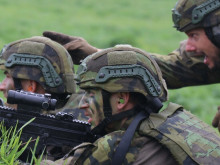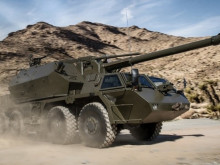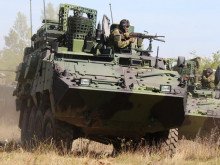The largest foreign supplier to the Czech Armed Forces is still Sweden. In an uncertain future, the involvement of domestic industry must play a major role in military procurement
The Ministry of Defence and the Army of the Czech Republic are facing a number of very important acquisition and modernisation projects, some of which have been accelerated compared to the original plan due to the deterioration of the international situation. Significant investments totalling tens of billions of crowns will come in a relatively short period (although payments will be spread over several years). If today, under the impression of the Russian aggression against Ukraine and at a time when the energy and, consequently, the expected economic crisis have not yet fully sunk in, there is a general consensus that defence spending must be increased, it may be difficult for the Government to justify high spending in this area in the coming economically difficult years. All the more so if the conflict in Ukraine can be brought to an end or returned to its previous phase of latent and rather regional conflict. Transparency of processes will be crucial to the success of the acquisition and modernisation of the Czech Army, as will, and this has been a promising trend in recent years, the involvement of domestic industry in contracts awarded to foreign contractors.
Over the past nearly 20 years since the professionalisation of the Czech Army, over CZK 100 billion has been invested in the largest projects in which foreign equipment and technology manufacturers have been the main suppliers. And given the state of heavy tracked equipment in particular, but far from exclusively, it should have been much more, and it is this "much more" that will now be concentrated in the next few years. Let's look at these major acquisitions (and the Gripen lease) in more detail in a basic overview. How much money left the Czech Republic, what was the agreed participation of domestic industry and which country has been most successful in the past period.
France: CZK 8.5 billion
On 30 September 2021, a contract was signed with the French state-owned company Nexter for the delivery of 52 155 mm NATO-caliber CAESAR self-propelled guns. The total purchase price amounts to approximately CZK 8.5 billion incl. VAT, with a contracted participation of the Czech defence industry reaching 40% (in particular Tatra Trucks, Tatra Defence Vehicle, Retia, Excalibur Army and Ray Service), as well as separate contracts for the supply of ammunition (STV Group and Explosia), and a life cycle contract between Nexter and Excalibur Army. Deliveries are scheduled to take place between 2024 and 2026 after military trials, with 48 guns going to the 13th Artillery Regiment and 4 guns for training in Vyškov.
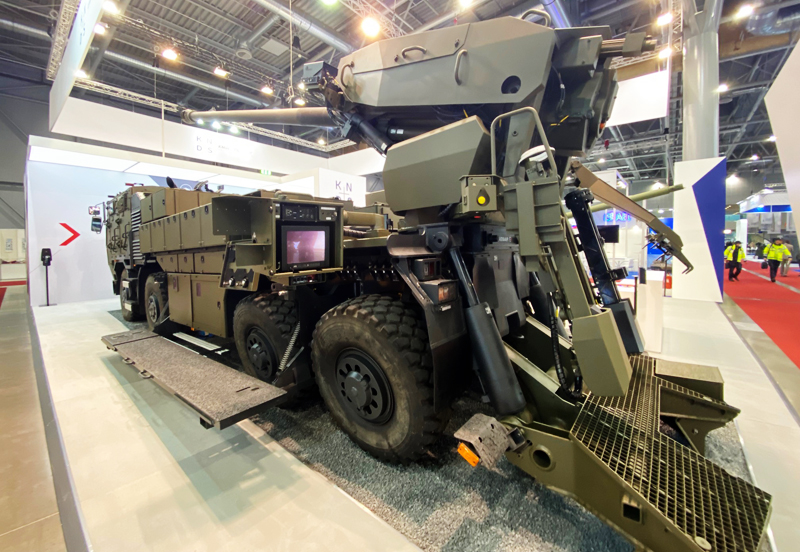 Picture: 155mm ShH CAESAR 8x8 at IDET 2021 | Martin Šiška / CZ Defence
Picture: 155mm ShH CAESAR 8x8 at IDET 2021 | Martin Šiška / CZ Defence
Austria: CZK 14.4 billion
In 2009, the Government of Mirek Topolánek (ODS) approved the purchase of 107 Pandur II 8x8 CZ wheeled armoured vehicles in six versions at a price of CZK 14.4 billion incl. VAT. The supplier was the Austrian company Steyr. The practice at the time was so-called offsets, in this case worth 153% of the purchase price, and the unquantified participation of Czech industry, represented by the state-owned enterprise VOP.
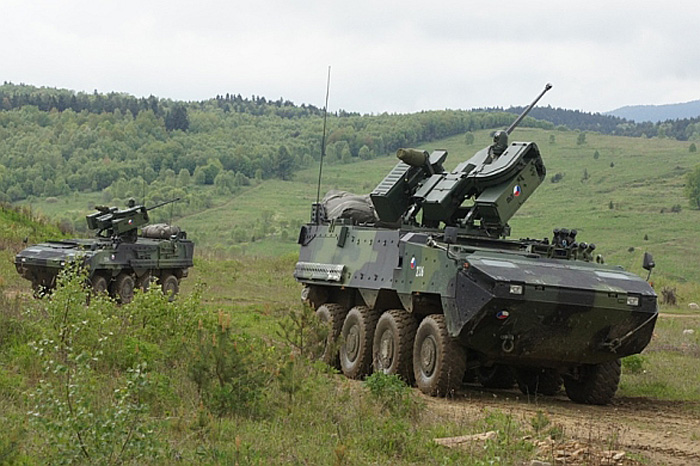
Picture: Pandur II infantry fighting vehicles | Ministry of Defence of the Czech Republic
USA: CZK 17.6 billion
The largest and practically the only significant investment in US military equipment so far is the acquisition of twelve H-1 helicopters from Bell (8 multirole Venom and 4 combat Vipers including accessories) under an intergovernmental agreement concluded on 12 December 2019.
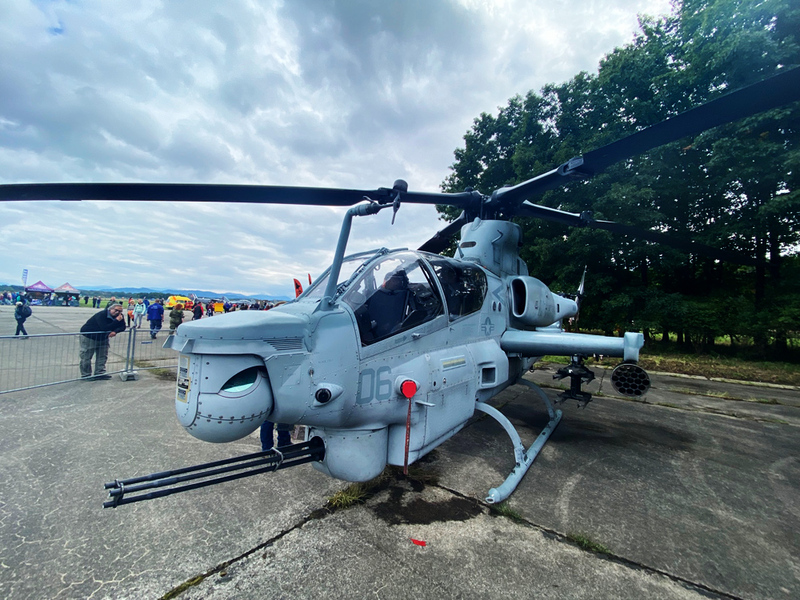 Picture: American AH-1Z Viper helicopter | Martin Šiška / CZ Defence
Picture: American AH-1Z Viper helicopter | Martin Šiška / CZ Defence
The helicopters will gradually replace the Russian Mi-35 machines from 2023. The total acquisition price is CZK 17.6 billion incl. VAT. One third of the contract will be shared by the Czech defence industry, with a significant role played by the state enterprise LOM Praha.
Israel: approx. CZK 20-22 billion
Israeli companies are involved in four major projects. The volume of the others far exceeds last year's acquisition of SPYDER anti-aircraft missile system kits under the intergovernmental agreement of 5 October. The manufacturer of the system is Rafael. Czech Republic for CZK 13.7 billion incl. VAT, four batteries, each containing a 3d radar, a command and fire control system and four launchers. The contract includes the supply of short- and medium-range missiles. The participation of the Czech industry is estimated at 38 %, with the main companies involved being Retia, Tatra Trucks, Eldis, Ray Service and the Military Research Institute. Deliveries will take place between 2023 and 2026, and the 20-year lifecycle costs have also been provisionally estimated at CZK 23.5 billion.
Another significant contract awarded to an Israeli company under the intergovernmental agreement (dated 5 December 2019) with Israel was the purchase of MADR mobile anti-aircraft radars. This involves eight ELM 2084 MMR radars (which also use the above-mentioned SPYDER system) at a total purchase price of CZK 3.5 billion incl. VAT, with 30% involvement of the Czech defence industry (Retia and the Military Technical Institute). The radars are to be delivered from next year.
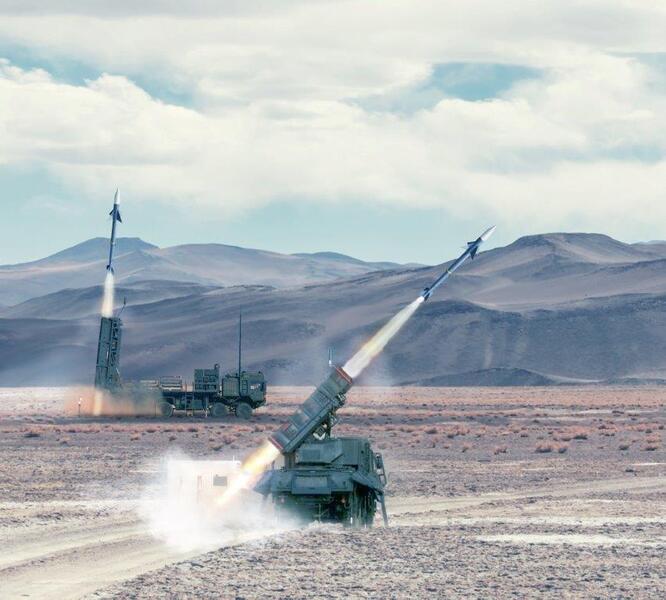 Picture: SPYDER - Short and medium range anti-aircraft missile set (SHORAD) | Ministry of Defence of the Czech Republic
Picture: SPYDER - Short and medium range anti-aircraft missile set (SHORAD) | Ministry of Defence of the Czech Republic
However, the SPYDER system manufacturer, Rafael, has also participated in the Pandur wheeled armoured vehicles project, for which it has supplied RCWS-30/Samson Mk I remote-controlled weapon stations (and RCWS-12.7 Mini Samson machine gun stations for the engineer variant) and SPIKE-LR anti-tank guided missiles, and in this respect has made a significant contribution to the total acquisition sum for the aforementioned 107 vehicles, respectively. 99 units carrying the RCWS-30 (72 KBVP, 8 KBV-VR, 8 KBV-PZLOK and 8 KBV-PZ versions) and 4 units of the engineer vehicle (KOT-Z). The cost of one station is estimated at more than 40 million crowns, and with approximately 100 units it is therefore a sum oscillating around 4 billion crowns.
Problems with the now obsolete first-generation stations have been repeatedly encountered due to, among other things, the lack of funds allocated for the maintenance of Pandurs and, in general, long delivery times for spare parts. The Army is the only user of this system in NATO, and the problem was one of the topics of a recent visit by members of the Defence Committee to Israel. The Concept of Build-up of the Czech Army 2030 envisages upgrading the Pandur II from 2025 - one of its objectives is to increase firepower, and presumably replace the RCWS-30 with a modern station/turret.
The cost of the SPIKE-LR missile is around CZK 3 million. The total number of units procured is not publicly available information, and the Army has long struggled with some shortages, which has reduced the effectiveness of crew training.
Sweden: approx. CZK 50 billion
By far the most money has been (and will be by 2027-29) spent by the MoD in Sweden, primarily for the lease of 14 JAS-39 Gripen C/D fighter aircraft. These were initially leased for ten years at a cost of 19.65 billion crowns, and the contract was extended in 2014 to 2027 with an option until 2029 at an annual cost of 1.7 billion crowns, making a total of over 40 billion crowns.
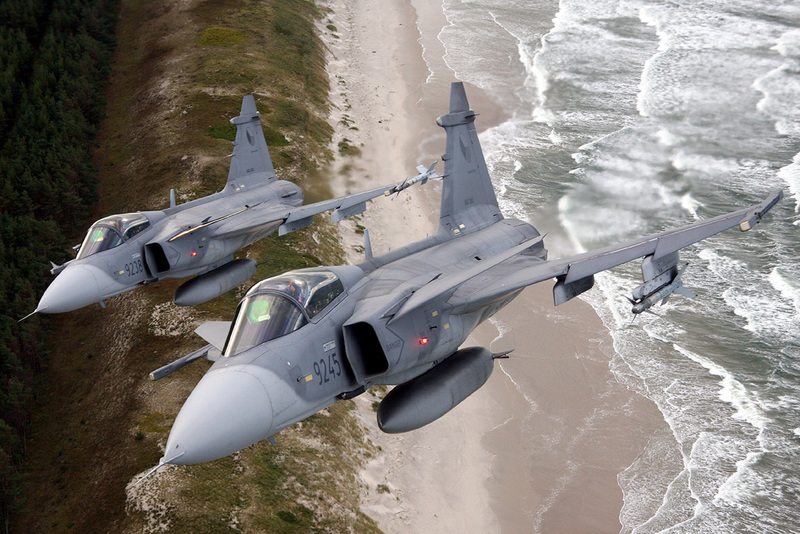
Picture: By far the most money spent (and will spend by 2027-29) by the Ministry of Defence in Sweden, mainly for the lease of 14 JAS-39 Gripen C/D fighter aircraft. | Ministry of Defence of the Czech Republic
Another major acquisition in Sweden was the acquisition of three ARTHUR mobile artillery gunnery and search radars from Ericsson on a Tatra 4x4 chassis in 2004. The price was approximately CZK 1.7 billion incl. VAT. The systems were delivered in 2005-2007. The Czech artillery will be able to fully use their capabilities practically only after the rearmament with CAESAR guns with a range of around 40 km.
The RBS-70 (in 2004) and RBS-70 NG (in 2018) anti-aircraft missile systems were also purchased twice from the Swedish company Saab. In both cases, 16 units were purchased at a cost of approximately CZK 1 billion each. The acquisition of various missiles for these systems has cost at least another CZK 1.7 billion since 2015. A much smaller order in terms of volume was also the acquisition of Carl Gustav M3 anti-tank recoilless weapons (in the armament of the 601st SFG and 43rd Airborne Regiment) under a contract from 24 May 2005 worth CZK 70 million.
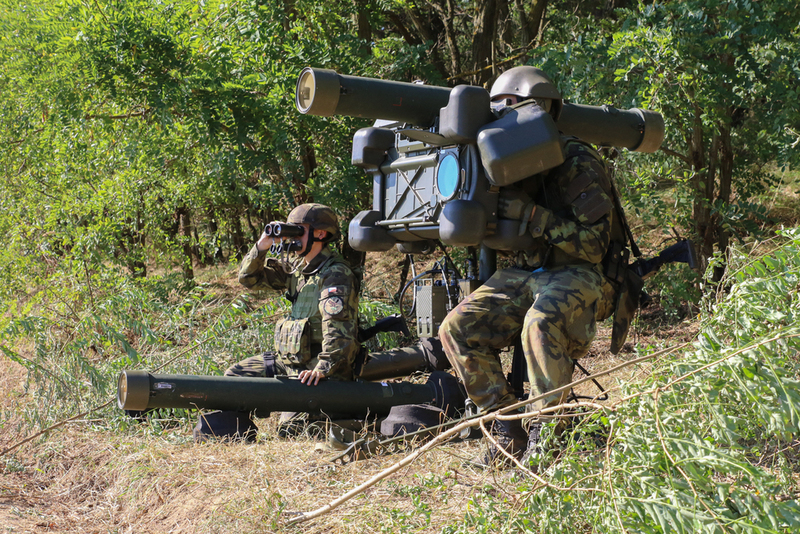 Picture: RBS-70 (in 2004) and RBS-70 NG (in 2018) anti-aircraft missile systems were also purchased from the Swedish company Saab twice. | Ministry of Defence of the Czech Republic
Picture: RBS-70 (in 2004) and RBS-70 NG (in 2018) anti-aircraft missile systems were also purchased from the Swedish company Saab twice. | Ministry of Defence of the Czech Republic
Conclusion
The defence budget should probably reach the coveted and agreed years ago within NATO 2% of GDP by 2024, and at least continue to be maintained at this level. The acquisition of main battle tanks is quite imminent. According to the MoD's latest announcement to the Defence Committee recently, 58 battle tanks and 15 combat support and combat support tanks are to be acquired. The total estimated acquisition price ranges from CZK 15 to 20 billion (and the later this acquisition is made, the higher it will be). The best chance here is naturally Germany and KMW, with which negotiations are already underway on the acquisition of Leopard 2A7+ tanks - but the MoD is not completely closing the way for other solutions (and the American way and the acquisition of ABRAMS tanks or the South Korean way and the acquisition of K2 tanks are being offered).
Also still on the table is the acquisition of tracked IFVs. Here, it is more than likely that the years-old tender has finally come to an end and the Ministry of Defence will come up with a new solution within weeks. The original amount of 51.6 billion crowns should be respected if the tender is to go ahead, but as this is a sum set many years ago, it is almost certain that without changes to the parameters and requirements it will have to be significantly increased.
In 2027/2029 the Gripen lease ends. The Minister of Defence speaks of the need for 24 supersonic aircraft - it will not be easy to decide whether the Czech Republic will take a new path by acquiring US F-35 5th generation aircraft or stick with the Swedish solution. We can also mention light strike vehicles for airborne and reconnaissance troops, self-propelled mortars for both mechanised brigades, the question of reintroducing MRLS, drones, and the purchase of 10-12 H-1 helicopters. All this will come in a relatively short period of time. The level of effective involvement of domestic industry, and thus the return on funds, must reach the maximum possible value in all these contracts. Otherwise, the astronomical, albeit unavoidable, expenditure will not be easy to justify to the public.
Zdroj: Ministerstvo obrany ČR, onwar.eu













